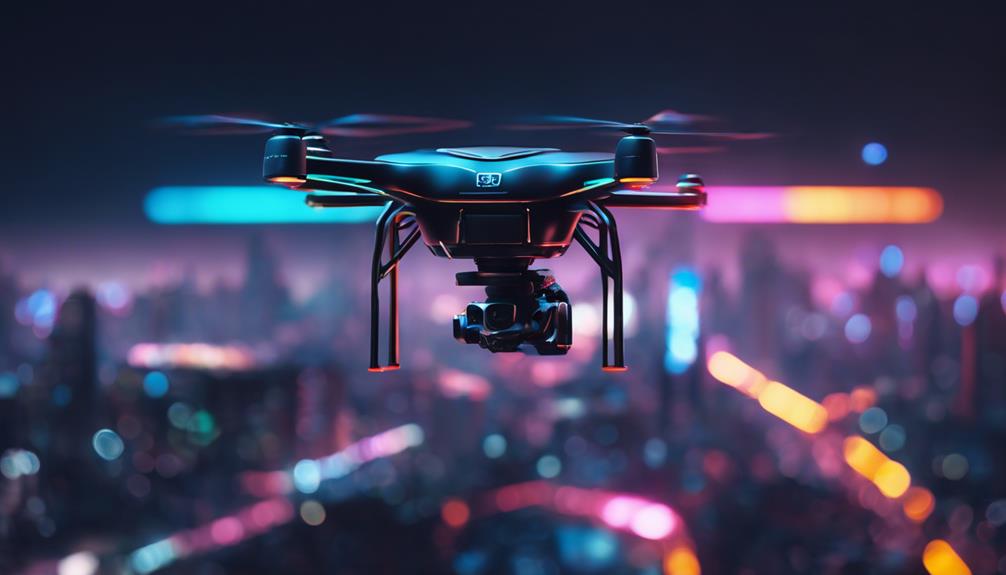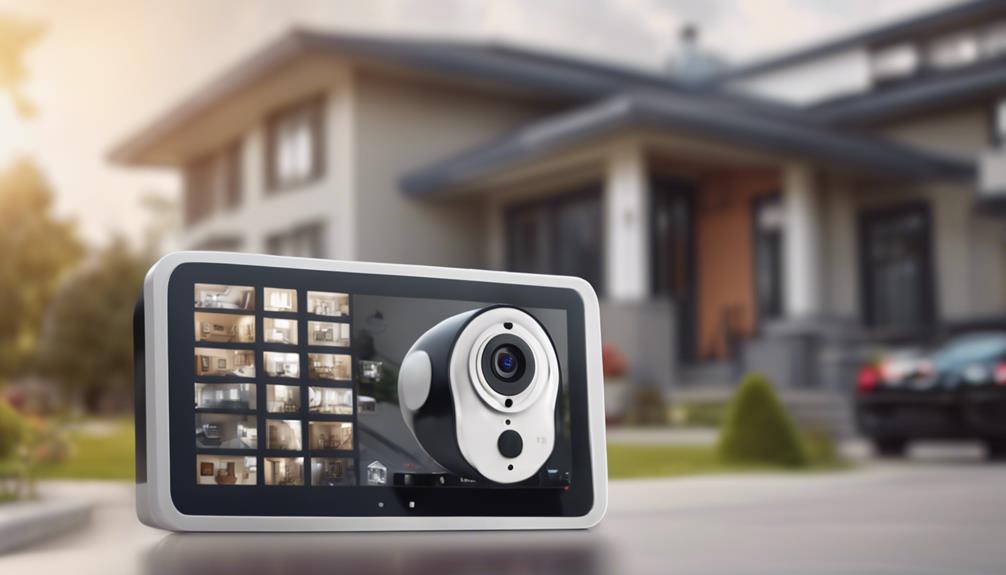
Spy cam trail cameras have revolutionized the way we observe wildlife and monitor security. These unassuming devices blend technology with the natural world, allowing both enthusiasts and professionals to capture moments that would otherwise go unnoticed. From tracking animal behavior to enhancing home security, the applications of trail cameras are vast and varied. In this article, we will explore the essential aspects of spy cam trail cameras, including their features, benefits, setup guidelines, and maintenance tips.
1. Understanding the Basics of Spy Cam Trail Cameras
Spy cam trail cameras are remote-sensing devices designed to capture images and videos of wildlife or intruders when motion is detected. Often camouflaged to blend seamlessly into their surroundings, these cameras utilize infrared technology for nighttime surveillance, providing clear visuals without disturbing the environment. The basic functionality involves an array of sensors that trigger the camera when movement occurs, allowing for real-time monitoring without human presence.
These cameras can be equipped with various features such as time-lapse capabilities, programmable settings, and high-resolution imaging. This versatility makes them ideal for a range of applications, from ecological research and wildlife photography to security monitoring around homes and properties. Understanding the foundational mechanics of these devices is crucial for selecting the right model for your specific needs.
2. Key Features to Look for in Trail Cameras
When choosing a spy cam trail camera, several critical features should be considered. First and foremost, image quality is paramount. Look for cameras that offer high-resolution capabilities, preferably 12 MP or more, to ensure clear and detailed images. Additionally, video recording options with HD resolution and sound can enhance your ability to capture dynamic behaviors and interactions in the wild.
Another important feature is the camera’s trigger speed, which refers to how quickly the camera can capture an image after motion is detected. A faster trigger speed (under 0.5 seconds) can help ensure you don’t miss significant moments, especially when monitoring quick-moving animals. Battery life and storage capacity are also essential; opt for models that support longer battery usage and larger SD cards for extended monitoring periods without frequent maintenance.
3. Why Choose a Spy Cam for Wildlife Observation?
Spy cam trail cameras are invaluable tools for wildlife observation, providing insights into animal behavior that are difficult to achieve through conventional methods. These cameras allow researchers and enthusiasts to gather data without disturbing the ecosystem, thereby ensuring a more natural observation of wildlife interactions. The ability to capture images and videos in various environmental conditions enhances the quality of data collected, fostering a deeper understanding of animal habits and habitats.
By employing a spy cam, users can monitor specific locations over extended periods, allowing for comprehensive studies of animal migration patterns, feeding behaviors, and reproductive cycles. This non-invasive approach not only promotes ethical wildlife observation but also contributes to conservation efforts by identifying endangered species and tracking population dynamics.
4. The Benefits of Using Spy Cameras for Security
In addition to wildlife observation, spy cam trail cameras serve a vital role in enhancing security for homes and properties. These cameras can be strategically placed around premises to monitor entrances, backyards, and other vulnerable areas. The inconspicuous design makes them effective deterrents against theft and vandalism, as potential intruders are less likely to approach a property that appears to be under surveillance.
Moreover, many modern spy cams come equipped with advanced features such as motion detection alerts, night vision, and even remote viewing capabilities. These functions empower homeowners to keep an eye on their property in real-time, receiving instant notifications on their smartphones when motion is detected. This level of accessibility and awareness not only enhances security but also provides peace of mind for property owners.
5. How to Properly Set Up Your Spy Cam Trail Camera
Setting up a spy cam trail camera effectively is crucial for capturing quality images and videos. Start by selecting an optimal location that aligns with your observation goals. For wildlife photography, look for signs of animal activity such as tracks, droppings, or feeding areas. Ensure the camera is positioned at an appropriate height and angle to maximize the field of view, typically around 2-3 feet off the ground for wildlife.
After identifying the perfect spot, proper installation is key. Secure the camera to a tree or post using straps or brackets, ensuring it is stable and not easily tampered with. Don’t forget to test the camera’s functionality, including motion detection and image quality, before leaving it unattended for extended periods. Regularly check the camera to ensure it remains in the correct position and to replace batteries or memory cards as needed.
6. Top Brands to Consider for Trail Cameras in 2023
As the market for spy cam trail cameras continues to grow, several brands have emerged as leaders in quality and innovation. One standout is Browning Trail Cameras, known for their exceptional image quality and reliable performance in various environments. Their cameras offer user-friendly interfaces and advanced features like fast trigger speeds and long battery life, making them an excellent choice for both amateur and professional users.
Another noteworthy brand is Bushnell, which has a long-standing reputation for producing durable and technologically advanced trail cameras. Their models often include 4K video capabilities and exceptional night vision, appealing to those who prioritize high-quality footage. Reconyx is another top contender, particularly favored by wildlife researchers for their robust design and unparalleled performance in remote locations. Exploring these brands can help ensure you choose a reliable and efficient trail camera for your needs.
7. Real-Life Applications of Spy Cam Trail Cameras
Spy cam trail cameras have a myriad of practical applications beyond wildlife observation. Many are extensively used in law enforcement for monitoring criminal activity or gathering evidence in various contexts. These cameras can be placed strategically in areas with high crime rates to help deter illegal activities and provide crucial information during investigations.
Additionally, farmers and landowners utilize trail cameras for monitoring property boundaries, livestock, and crop conditions. By keeping an eye on their lands, they can quickly address issues such as livestock straying or wildlife damage to crops. This diversity in application underscores the versatility of spy cam trail cameras, making them valuable tools for individuals across different sectors.
8. Tips for Enhancing Your Spy Camera’s Performance
To maximize the performance of your spy cam trail camera, consider a few key tips. First, regularly check and update the camera’s firmware if applicable. Manufacturers often release updates that improve functionality or fix bugs, ensuring optimal performance. Additionally, ensure your camera is equipped with high-quality batteries to prevent performance dips during critical observation periods.
Another enhancement strategy is to strategically choose when to place the camera. Seasonal changes can significantly impact wildlife behavior, so deploying the camera during peak activity times—such as during migrations or breeding seasons—can yield more valuable data. Finally, be mindful of environmental factors like temperature and moisture, as extreme conditions can affect camera performance. Proper storage and handling will help extend the life and effectiveness of your equipment.
9. Common Mistakes to Avoid with Trail Cameras
When using spy cam trail cameras, certain pitfalls can hinder your monitoring efforts. One common mistake is improper positioning of the camera. Failing to align the camera accurately with the expected path of wildlife or overlooking common entry points can result in missed opportunities for capturing images. Always take the time to scout the area and adjust the camera’s angle appropriately.
Another frequent error is neglecting to check the camera’s settings before deployment. Many users forget to adjust the resolution, video length, or sensitivity settings, leading to subpar footage or an overflow of unnecessary images. Always perform a test run, ensuring settings are optimized for your specific monitoring goals. Avoiding these mistakes can significantly enhance the quality of your trail camera results.
10. How to Maintain Your Spy Cam for Longevity
Maintaining your spy cam trail camera is essential for ensuring its longevity and reliable performance. Start by cleaning the lens and exterior regularly to prevent dirt and moisture buildup, which can obscure images and affect functionality. Use a soft, dry cloth to gently wipe the surface, avoiding harsh chemicals that might damage the camera.
Additionally, always check the camera’s battery levels and replace them as needed to avoid interruptions in monitoring. If your camera uses SD cards, frequently clear out old footage to maximize storage capacity and ensure the device operates smoothly. Proper care and maintenance not only enhance performance but also extend the overall lifespan of your spy cam trail camera, making it a worthy investment.
In conclusion, spy cam trail cameras offer an unmatched blend of utility, versatility, and convenience for monitoring wildlife and enhancing security. By understanding their features and applications, selecting reputable brands, and following proper setup and maintenance procedures, you can make the most of these powerful tools. Whether for personal enjoyment, research, or security, investing in a high-quality spy cam trail camera can yield significant rewards, providing you with invaluable insights and peace of mind.





